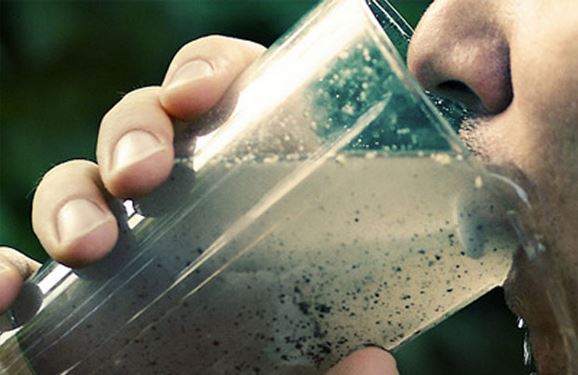On April 22, 1970, a great movement of people mobilized to lift environmental issues onto the world stage. The first Earth Day is often cited as the birth of the modern-day environmental movement - the Environmental Protection Agency, the Clean Water Act, and the drive for sustainability-minded reform at the commercial and consumer level. But 48 years later, with climate change causing impact worldwide, the necessity for Earth Day’s efforts to change human behavior and catalyze sustainable reform has only expanded.
The theme of 2018’s Earth Day is Plastics, with a specific focus on how to decrease its impact throughout the planet. Plastic pollution is everywhere. Worldwide, 91% of plastics that could be recycled end up in landfills, the Pacific Ocean has a plastic mass the size of Texas, and plastic has already impacted most food chains, starting with shellfish and commercial fish and showing up in the bellies of seabirds and other wildlife. Micro-plastics have been documented in bottled water sources and even tap water. In the United States, 94% of tap water sampled had measurable micro-plastics in it.
To me, plastic pollution is just one part of the larger fight against global water challenges. Our water systems are compromised by a number of different toxins. Healthy waterways are essential to all aspects of life, impacting farmland, water-based recreation, fish, riparian habitats, and drinking water. When we put this vital resource at risk, we create a domino effect across all essential life systems.
Where are we now?
At WaterNow Alliance’s recent Summit in Salt Lake City, Marian Rice from Salt Lake City Public Utilities presented on their local water challenges. One of their biggest issues is illegal dumping and pollution that ends up in waterways and ultimately, in people’s faucets. Opioids, medications, car oil, paints, and other toxins are commonly incorrectly disposed of and end up causing massive long-term water quality issues.
In parts of California, it’s dangerous to drink out of the taps. Upwards of 1 million Californians don’t have access to clean drinking water and over 300,000 have dealt with water quality issues for decades. Water quality in the San Joaquin Valley is some of the most dangerous in the United States, with nitrates contaminating groundwater and polluting wells. Much of this is directly related to pesticides and cattle ranch run-off, having been relatively unchecked for decades.
Examples across the West are endless. Water quality issues increase as water supplies decrease, the old adage “Dilution is the Solution” is no longer effective in fighting increasing toxins in our water, and finding new water sources as a way to circumvent problems becomes less and less accessible. We are no longer able to run away from our water problems.
Where do we go from here?
So what needs to be done to address water quality for the future? Some solutions are easy and start at home. Campaigns drawing awareness to what people throw into their sink or toilet. Reminding people to properly dispose of plastics and so they don’t end up in streams, rivers or lakes.
Other solutions are much bigger. Commercial companies need to invest in circular materials, making all packaging reusable, recyclable, or compostable – and some are starting to do so. Water utilities need to improve their public awareness campaigns about what it takes to get clean water into people’s faucets. Large-scale ranches and agriculture need to improve the way they manage farm runoff and pesticide use.
Regardless, there’s no one answer to these problems. Earth Day was founded on the principle that we need to address the very serious consequences of our actions and fight for a healthy, sustainable future. There are a wide range of solutions needed to rehabilitate our essential natural resources and it’s vital that we approach the subject from a holistic and intersectional approach. Solutions cannot exist in a nutshell, because problems do not, they have multifaceted inputs and outputs.
By 2050, some 52 percent of the world's projected 9.7 billion people will live in water-stressed regions putting greater stress on the water that we have. If we continue to pollute our environment with plastics and other man-made toxins, we risk further compromising the delicate ecosystem that supports our daily lives.

